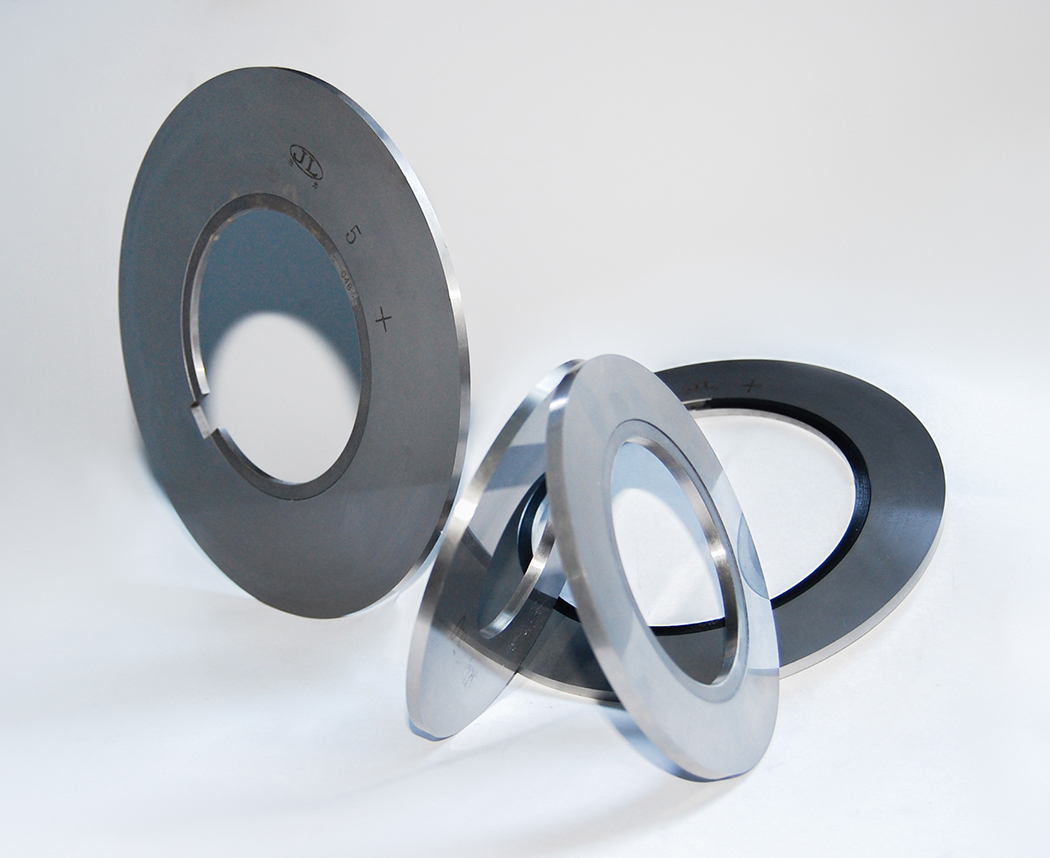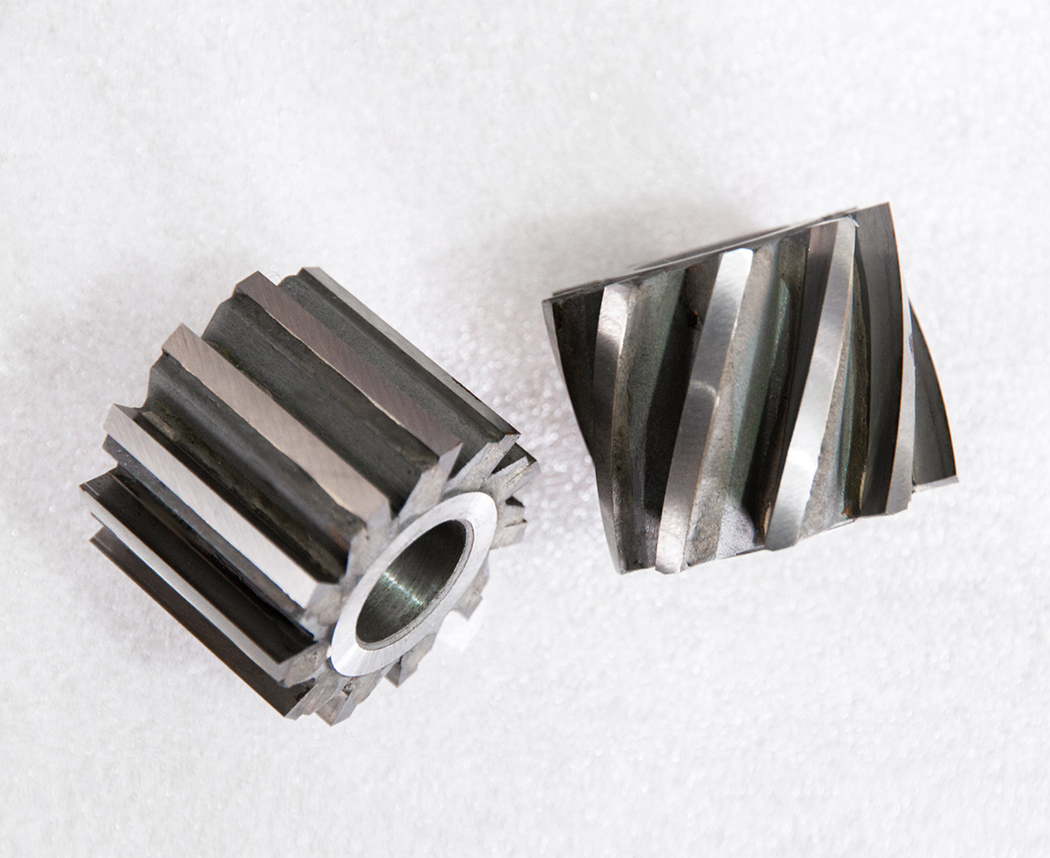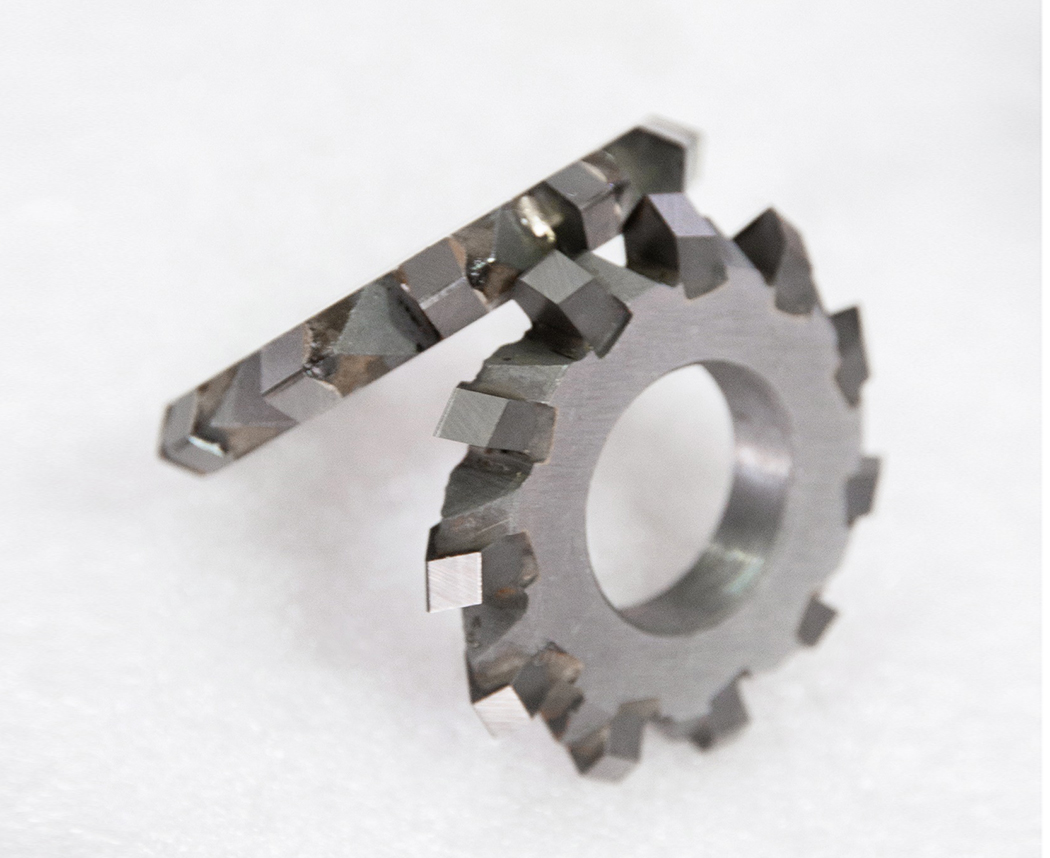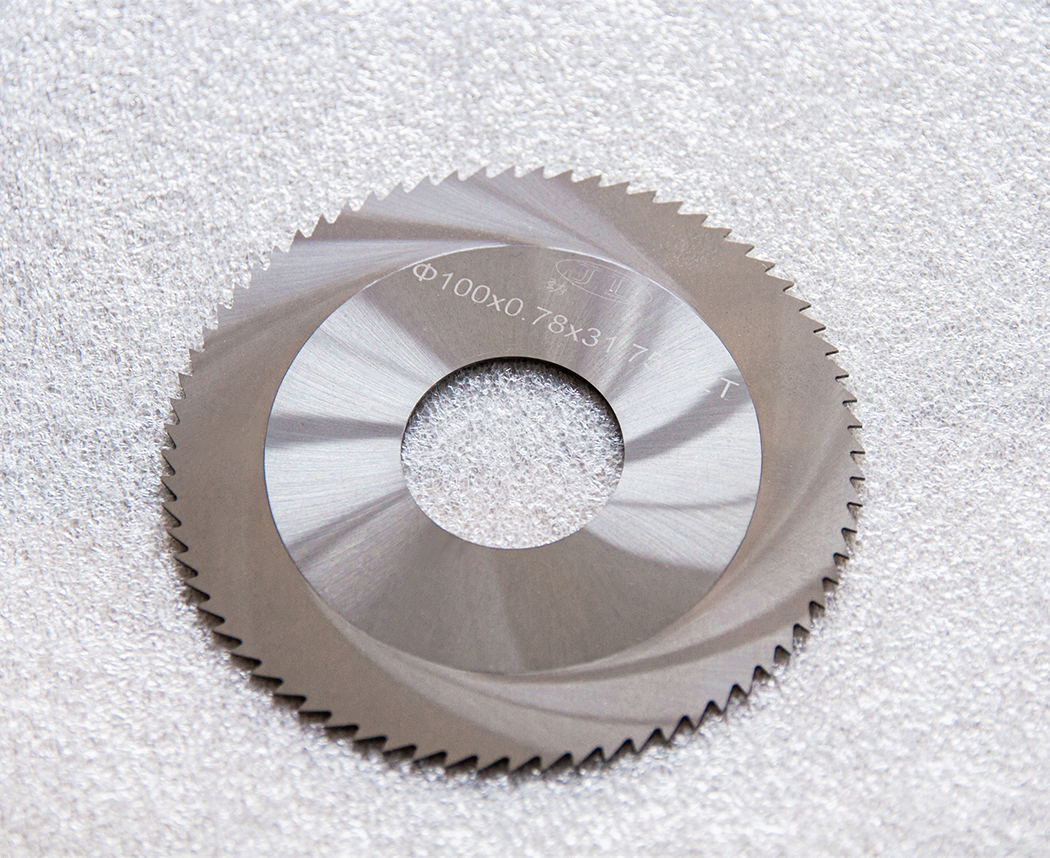News Center
Recommending Products
Contact: Mr. Jin
Tel: 13901575780
0512-52428686
Contact: Mr. Zha
Tel: 13913639797
0512-52422071
Address: No. 59, Huyi Road, Liantang, Shanghu Town, Changshu City, Jiangsu Province.
Tungsten steel saw blade is a saw blade made of tungsten steel as the cutting head material, which has many advantages such as high hardness and good wear resistance. It is widely used in metal processing, wood processing and other fields. The following are its main advantages:
1. High hardness and wear resistance
High hardness: Tungsten steel is a hard alloy composed of elements such as tungsten and carbon, with high hardness. Its hardness can usually reach HRA89-93, far higher than ordinary steel. This allows tungsten steel saw blades to easily cut various materials with high hardness, such as stainless steel, alloy steel, etc.
Good wear resistance: Due to the tight crystal structure and strong interatomic bonding of tungsten steel, the wear rate of tungsten steel saw blades is very slow during the cutting process. Even in long-term, high-intensity cutting operations, it can maintain good sharpness and cutting performance, with a long service life.
2. Good heat resistance
High temperature stability: Tungsten steel has good heat resistance and can maintain its hardness and strength in high temperature environments. Generally speaking, tungsten steel saw blades can operate normally at high temperatures ranging from 500 ℃ to 1000 ℃ without significant softening or deformation due to temperature increase. This enables them to effectively resist the high temperature generated by friction when cutting high-speed or high hardness materials, ensuring cutting quality and efficiency.
Reduce thermal deformation: During the cutting process, due to the good heat resistance of tungsten steel saw blades, deformation caused by thermal expansion and thermal stress can be reduced, thereby improving cutting accuracy and stability. This advantage is particularly prominent in processing applications that require high precision, such as precision machining and electronic component manufacturing.
3. Good cutting performance
Sharp cutting edge: Tungsten steel saw blades can produce very sharp cutting edges, and the sharpness of the cutting edge can effectively reduce the resistance during cutting, making the cutting process smoother, reducing cutting force and time, and improving work efficiency.
Efficient chip removal: The reasonable sawtooth design and the characteristics of tungsten steel material enable the tungsten steel saw blade to quickly and effectively remove chips during the cutting process, avoiding chip accumulation in the saw gap, thereby reducing the interference of chips on cutting and further improving cutting performance.
4. High precision and stability
High dimensional accuracy: Tungsten steel saw blades use advanced manufacturing processes and precision processing equipment in the production process, which can ensure the dimensional accuracy of the saw blade. For example, the dimensional tolerances of the saw blade's outer diameter, inner diameter, thickness, etc. can be controlled within a very small range, which is crucial for ensuring cutting accuracy and quality.
Good cutting stability: The material of tungsten steel saw blades is uniform and the quality distribution is symmetrical. When cutting at high speed, it can maintain good stability, reduce vibration and swing, thereby improving the straightness and perpendicularity of cutting. The surface quality of the cut workpiece is good and the roughness is low.
5. Wide applicability
Multi material cutting: Due to its high hardness, wear resistance, and good cutting performance, tungsten steel saw blades can be used to cut various materials, including metal materials (such as steel, copper, aluminum, etc.), wood, plastic, ceramics, etc., which can meet the cutting needs of different industries and fields.
Application in different cutting scenarios: Whether in mechanical processing workshops, wood processing plants, construction sites, or in manufacturing industries such as automotive and aerospace, tungsten steel saw blades can play an important role and can be used in various types of cutting equipment, such as circular saws, band saws, reciprocating saws, etc.
1. High hardness and wear resistance
High hardness: Tungsten steel is a hard alloy composed of elements such as tungsten and carbon, with high hardness. Its hardness can usually reach HRA89-93, far higher than ordinary steel. This allows tungsten steel saw blades to easily cut various materials with high hardness, such as stainless steel, alloy steel, etc.
Good wear resistance: Due to the tight crystal structure and strong interatomic bonding of tungsten steel, the wear rate of tungsten steel saw blades is very slow during the cutting process. Even in long-term, high-intensity cutting operations, it can maintain good sharpness and cutting performance, with a long service life.
2. Good heat resistance
High temperature stability: Tungsten steel has good heat resistance and can maintain its hardness and strength in high temperature environments. Generally speaking, tungsten steel saw blades can operate normally at high temperatures ranging from 500 ℃ to 1000 ℃ without significant softening or deformation due to temperature increase. This enables them to effectively resist the high temperature generated by friction when cutting high-speed or high hardness materials, ensuring cutting quality and efficiency.
Reduce thermal deformation: During the cutting process, due to the good heat resistance of tungsten steel saw blades, deformation caused by thermal expansion and thermal stress can be reduced, thereby improving cutting accuracy and stability. This advantage is particularly prominent in processing applications that require high precision, such as precision machining and electronic component manufacturing.
3. Good cutting performance
Sharp cutting edge: Tungsten steel saw blades can produce very sharp cutting edges, and the sharpness of the cutting edge can effectively reduce the resistance during cutting, making the cutting process smoother, reducing cutting force and time, and improving work efficiency.
Efficient chip removal: The reasonable sawtooth design and the characteristics of tungsten steel material enable the tungsten steel saw blade to quickly and effectively remove chips during the cutting process, avoiding chip accumulation in the saw gap, thereby reducing the interference of chips on cutting and further improving cutting performance.
4. High precision and stability
High dimensional accuracy: Tungsten steel saw blades use advanced manufacturing processes and precision processing equipment in the production process, which can ensure the dimensional accuracy of the saw blade. For example, the dimensional tolerances of the saw blade's outer diameter, inner diameter, thickness, etc. can be controlled within a very small range, which is crucial for ensuring cutting accuracy and quality.
Good cutting stability: The material of tungsten steel saw blades is uniform and the quality distribution is symmetrical. When cutting at high speed, it can maintain good stability, reduce vibration and swing, thereby improving the straightness and perpendicularity of cutting. The surface quality of the cut workpiece is good and the roughness is low.
5. Wide applicability
Multi material cutting: Due to its high hardness, wear resistance, and good cutting performance, tungsten steel saw blades can be used to cut various materials, including metal materials (such as steel, copper, aluminum, etc.), wood, plastic, ceramics, etc., which can meet the cutting needs of different industries and fields.
Application in different cutting scenarios: Whether in mechanical processing workshops, wood processing plants, construction sites, or in manufacturing industries such as automotive and aerospace, tungsten steel saw blades can play an important role and can be used in various types of cutting equipment, such as circular saws, band saws, reciprocating saws, etc.






